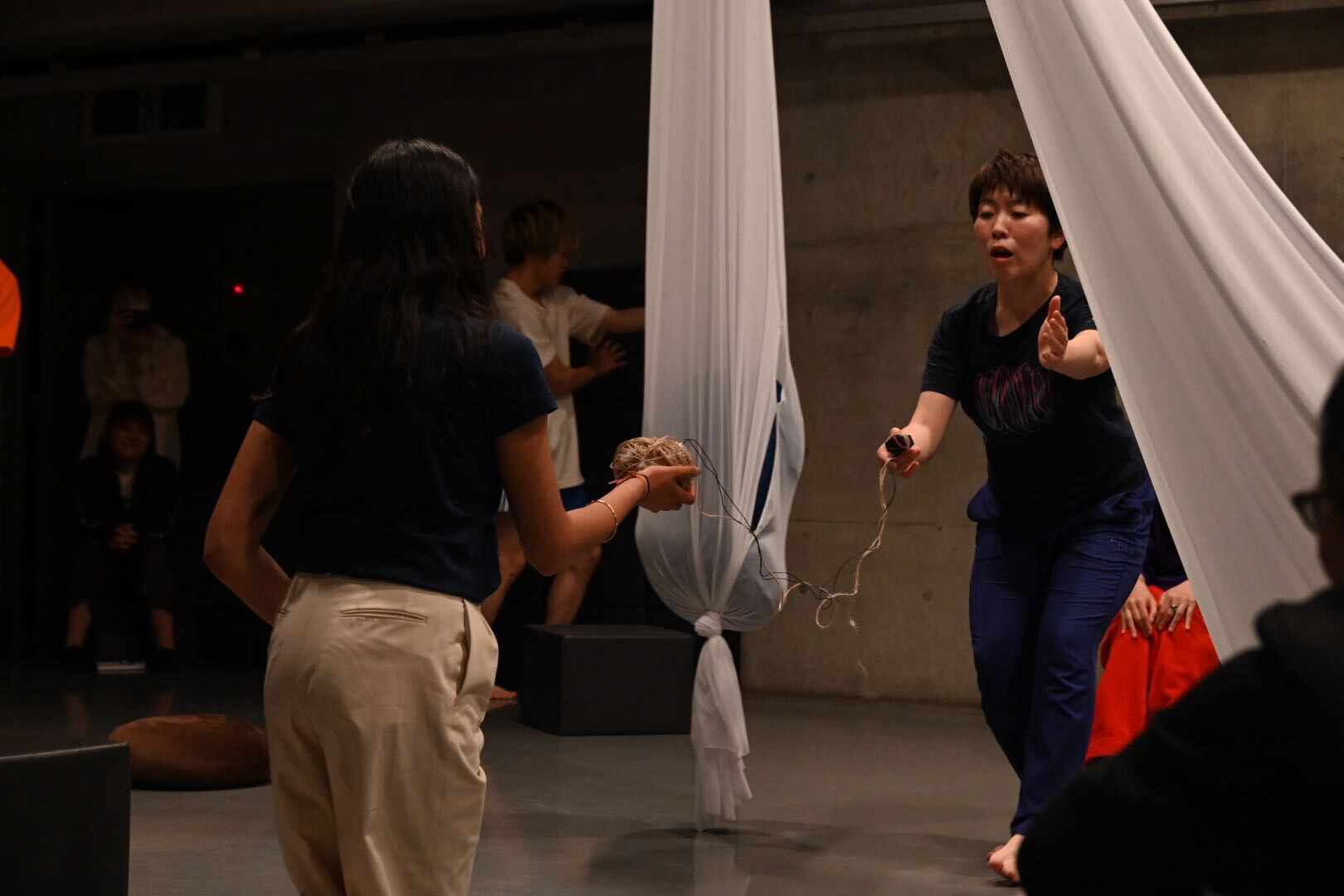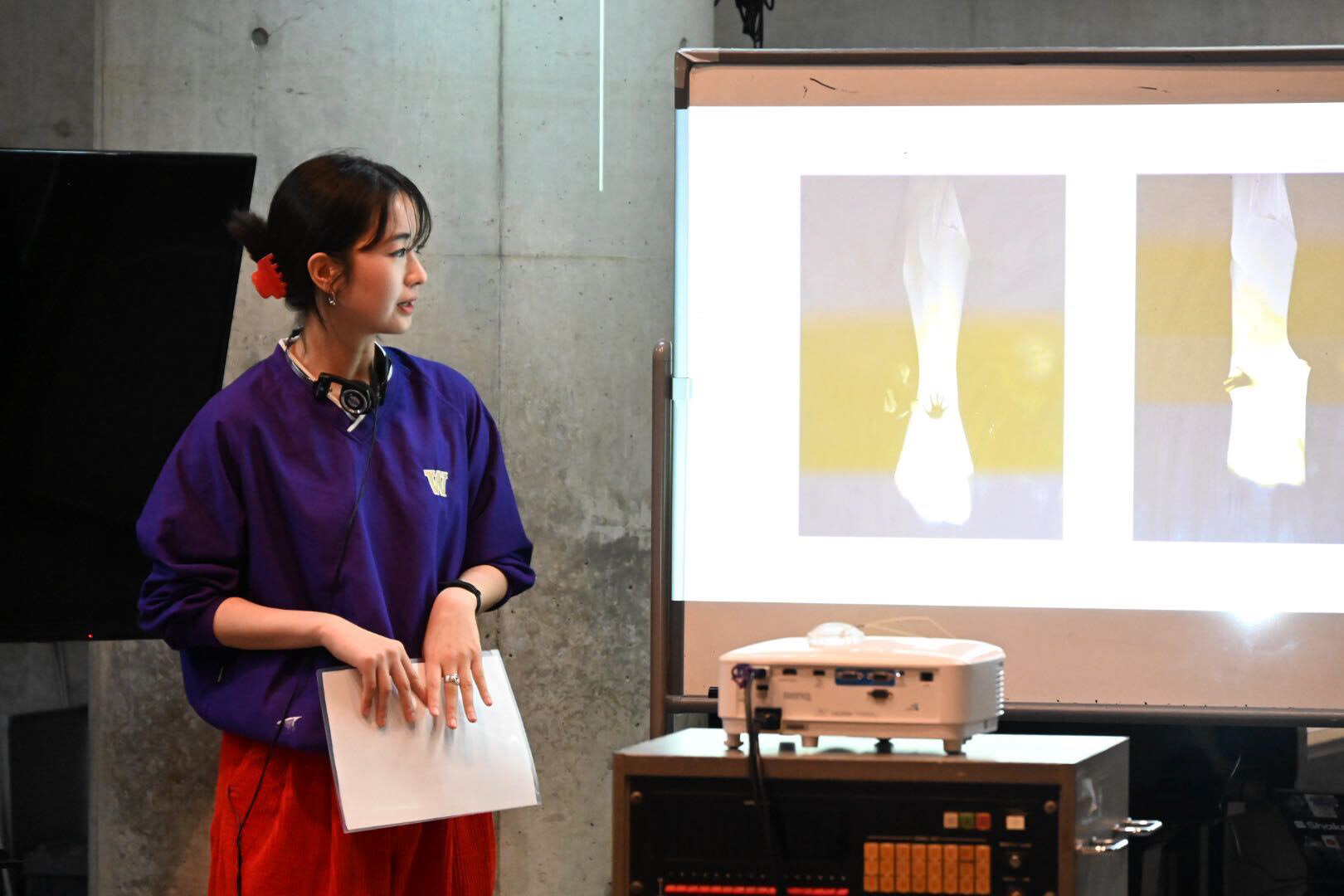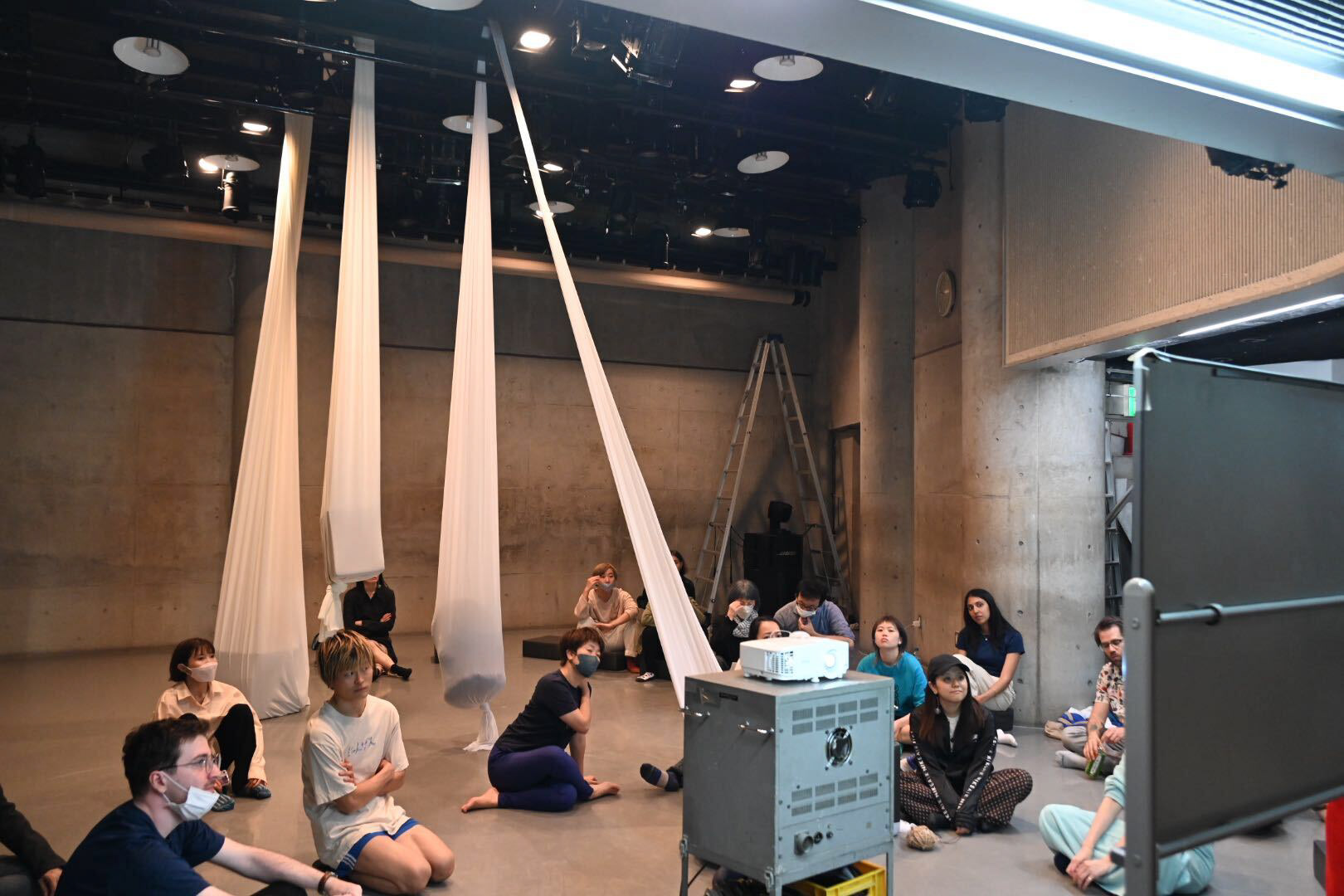BOILING MINDS 3.0
The relationship between audience and performers is crucial to what makes live events so special. The aim of this work was to develop a new approach amplifying the link between audiences and performers. Specifically, we explored the use of physiological sensors in gathering real-time audience data that enabled (1) dancers to augment their performance and visualize their connection with audiences and (2) musicians to respond in live time to the physiology of their audiences. In this project, my team designed a responsive environment, along with a physiological heart rate sensing device used during the show. I took a lead role in set design, design engineering, and communication.
// PROJECT DETAILS
This project was run in partnership with Keio University’s Embodied Media and GEIST research groups, Session House, dance venue in Shinjuku, as well as Kasai and the 3 spirits, a local dance group. Through an active codesign process conducted in collaboration with the dancers and musician, we designed and built a dynamic set to facilitate storytelling and responsive connection between dancers and their audiences. We also designed heart rate sensor devices, to be used as props by participating dancers.
// TEAM
Tarika Kumar: Set Design, Research, Communication Lead, Berend Te Linde: Technical Design, Jack Brophy: Projection Mapping & Digital Design, Yuka Aoki: Set Coordinator, Ivana Chaloska: Story Architect, Cajole: Interaction Design, Daniel Hynds: Musician
This project was conducted in partnership with the Embodied Media and GEIST research groups at the graduate school of Media and Design at Keio University.
// OUR CONCEPT
My involvement in this project was as a scenic and interaction designer. This consisted of the design and engineering of (1) hanging fabric structures that were designed to be taken down by dancers over the course of each performance (2) a handheld device that that reads and visualized the heart rate of a user in the form of a glowing orb (see the red handheld lights in the image), and (3) responsive lighting and projection mapping utilizing input from a!ective audience states as indicated by musical and performance outputs.
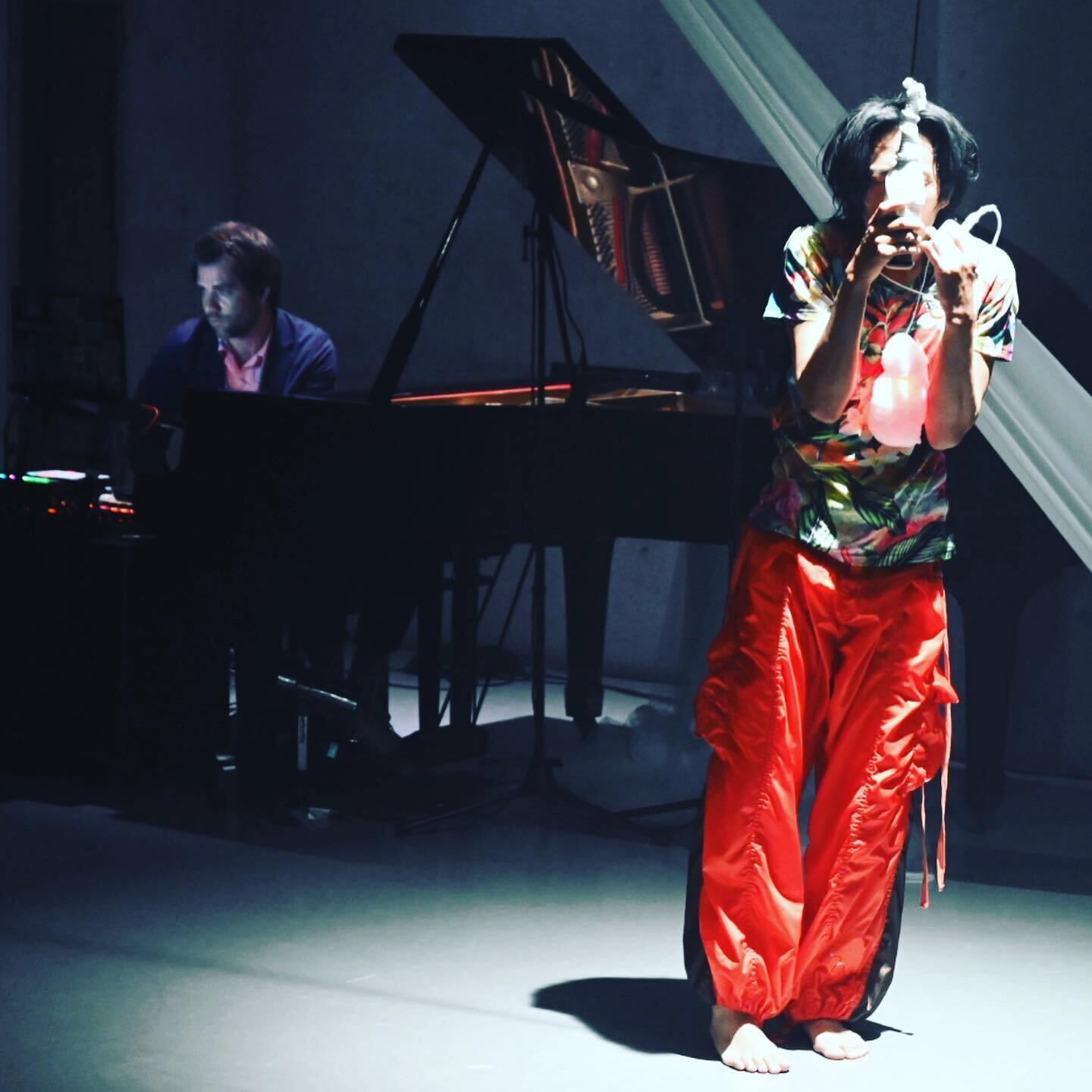
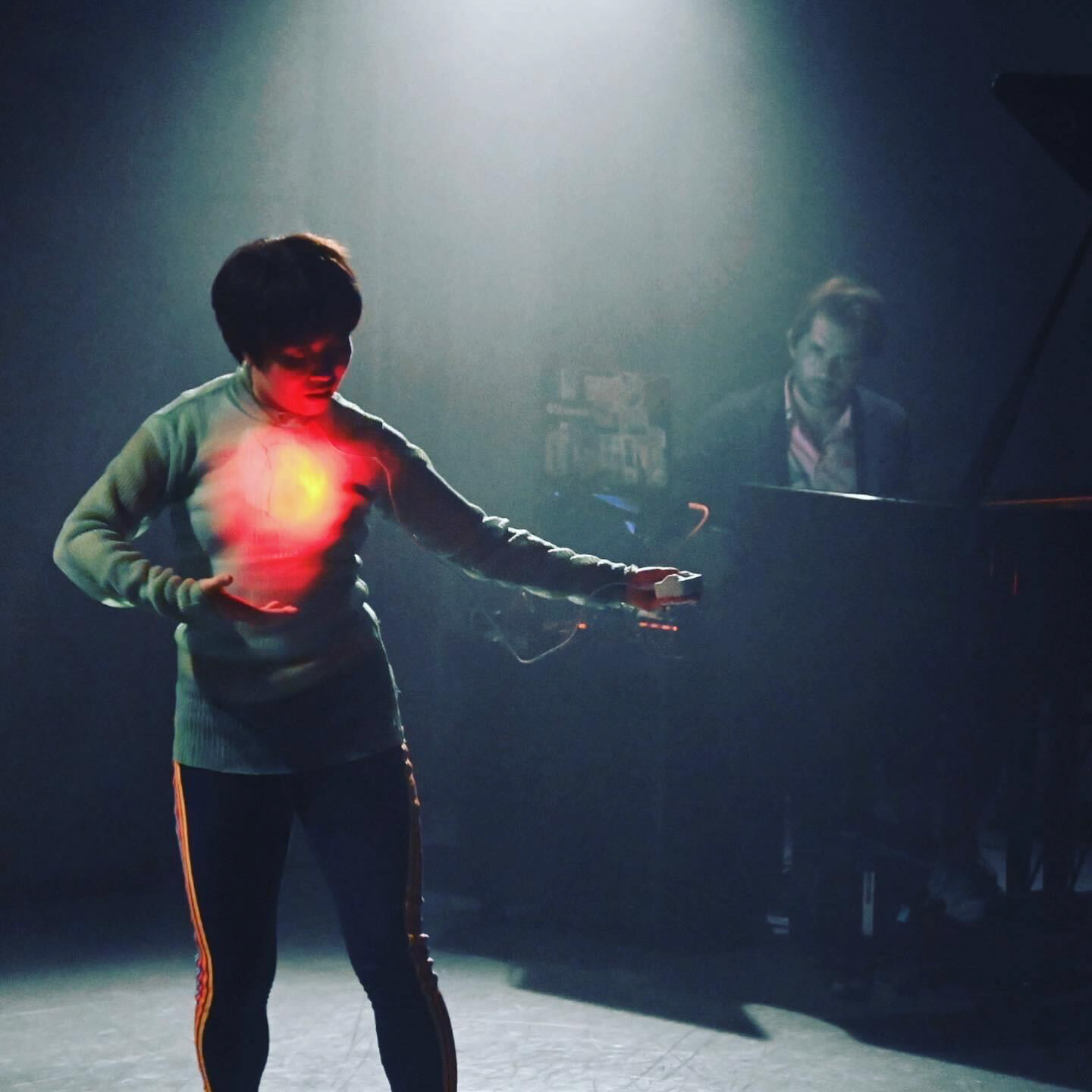
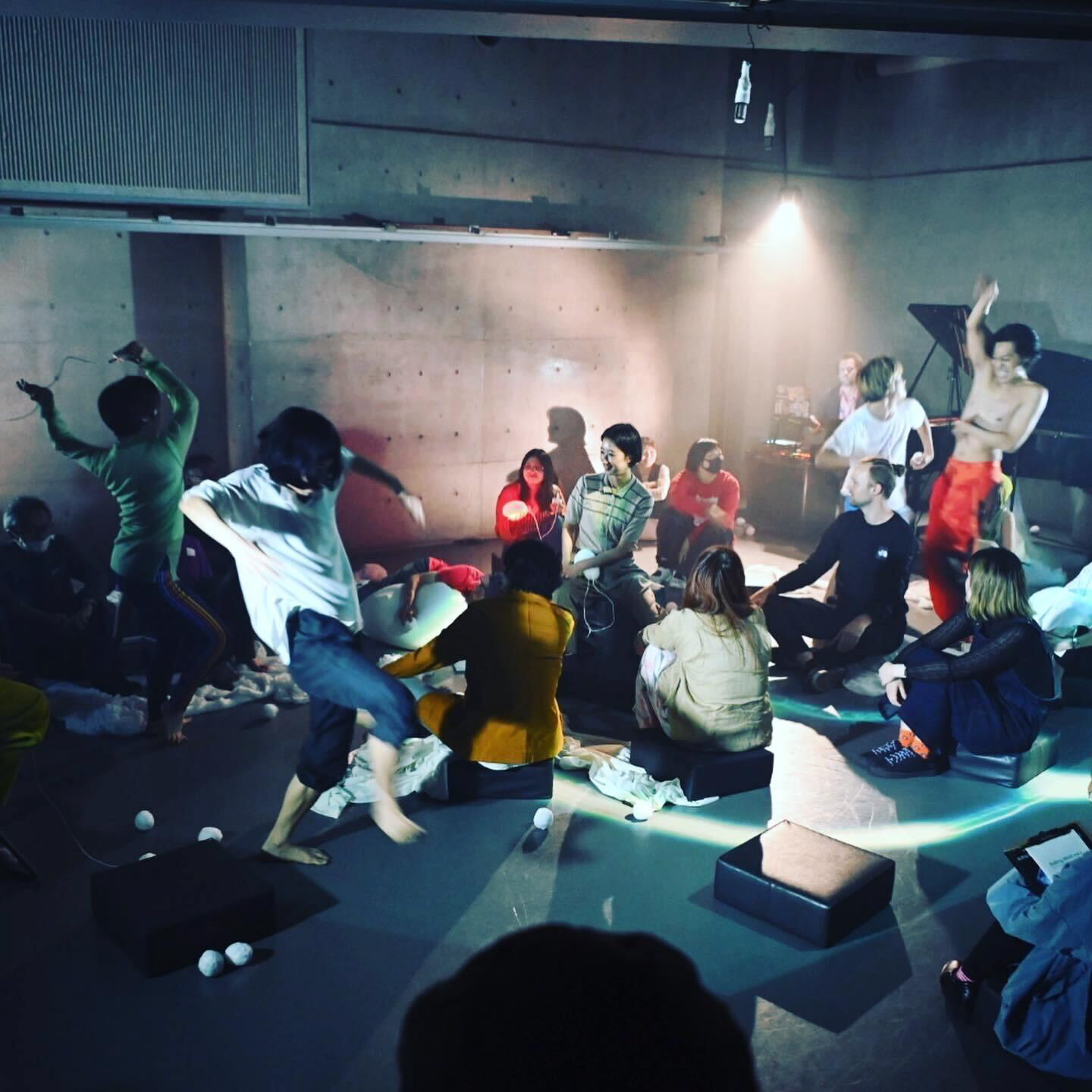

// PROCESS
The stage design and described setup came out of a collaboration between the performing artists, designers and our research team. Our team and artists contributed to developing the concept during the iterative process to balance research and artistic interests. This process was mainly led by artists.
